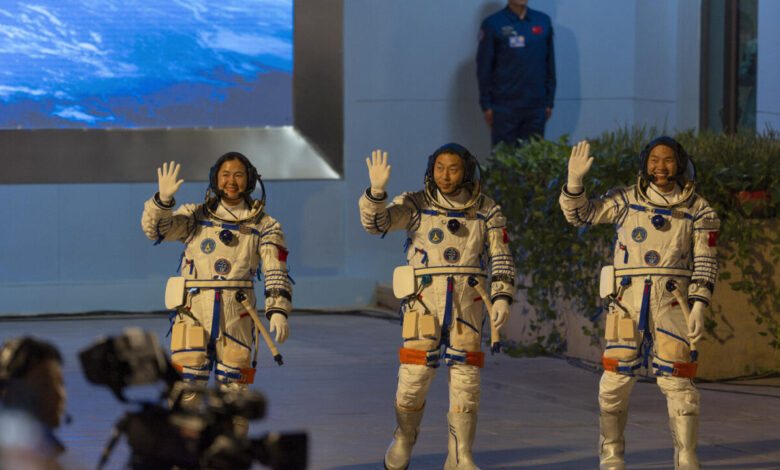Chinese astronauts returned to Earth after a six-month mission

On April 30, three Chinese astronauts of the Shenzhou-19 mission successfully returned to Earth after a six-month stay at the Tiangong space station. Astronauts Cai Xuzhie, Song Lindong and Wang Haozhe landed in the capsule of the Shenzhou spacecraft at the Dongfeng Landing Area, located in the Inner Mongolia Autonomous Region near the Jiuquan Launch Center. About this informs SpaceNew.
Rescue teams quickly arrived at the capsule after landing, and all three astronauts left within an hour. The landing completed a 183-day mission. The crew is reported to be doing well.
The commander of the mission, Cai Xuzhie, shared his emotions after his return:
“In space, we have looked at the beautiful blue planet countless times. It is a common home for humanity and it must be protected by all of us together.”
Tsai has nearly 365 days of experience in orbit over two missions, making him the second-most Chinese astronaut after Ye Guangfu. During the Shenzhou-19 mission, he performed three extravehicular exits, bringing his total to five, a national record.
According to the China Manned Space Administration (CMSEO), the Shenzhou-19 spacecraft with astronauts docked with the Tiangong Station on April 29 at 16:00 Eastern Time (20:00 UTC). Both undocking and landing were delayed for about a day due to adverse weather conditions in the landing area.
The mission launched on October 29, 2024 from the Jiuquan Cosmodrome on a Long March 2F rocket. The ship arrived at Tiangong Station 6.5 hours after launch, where the Shenzhou-18 crew handed over the shift. On April 28, the Shenzhou-19 team handed over control to the new Shenzhou-20 mission crew, which arrived on April 24. The transfer was accompanied by a ceremonial handover of the symbolic key.
“Shenzhou-19” became China’s 14th manned space flight. During the mission, the crew made three spacewalks, including the longest spacewalk in December 2024. Numerous scientific studies were also conducted, in particular in the field of biology – for example, experiments with fruit flies in a special submagnetic installation.




